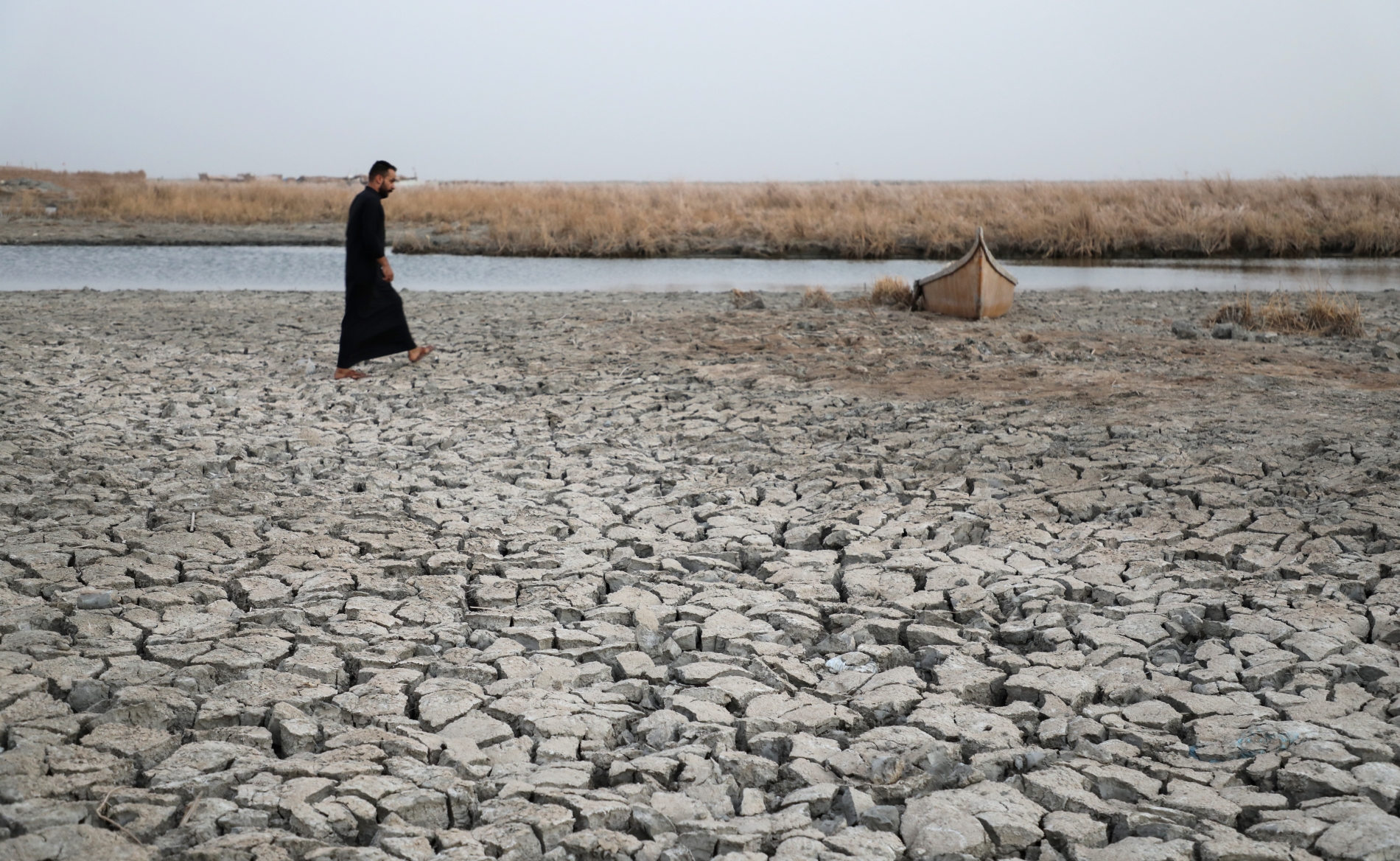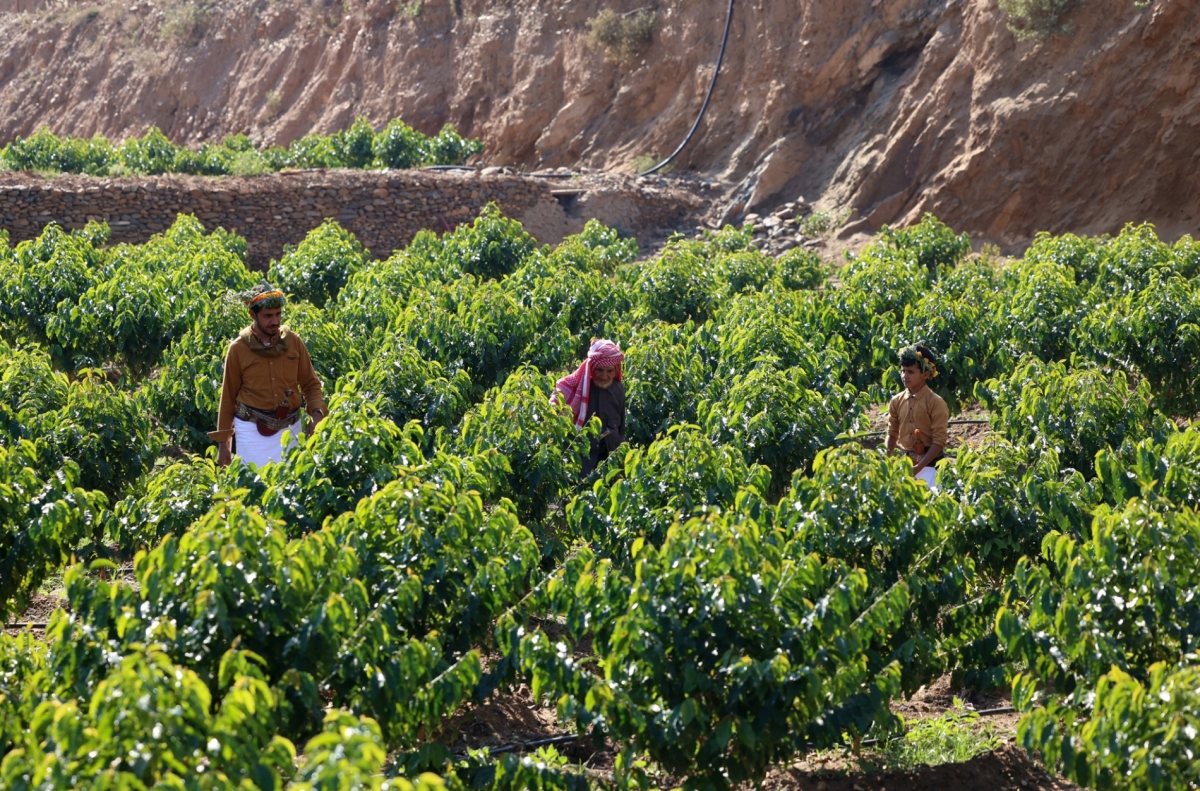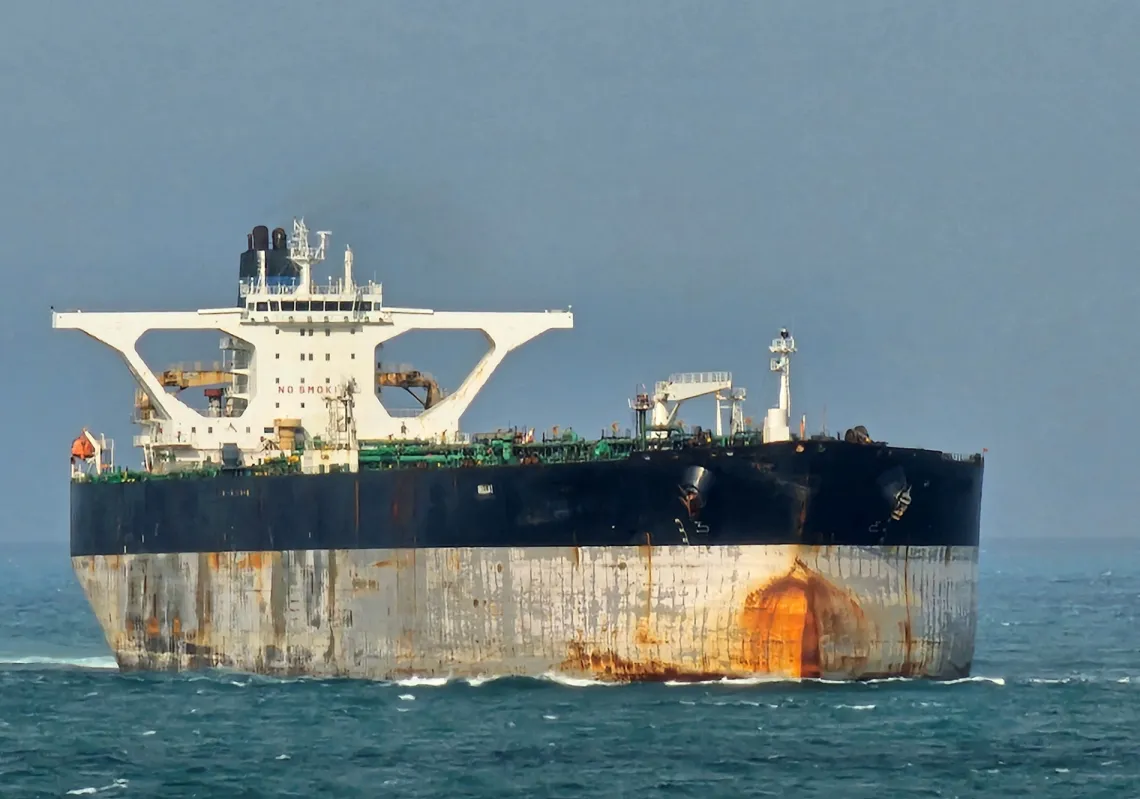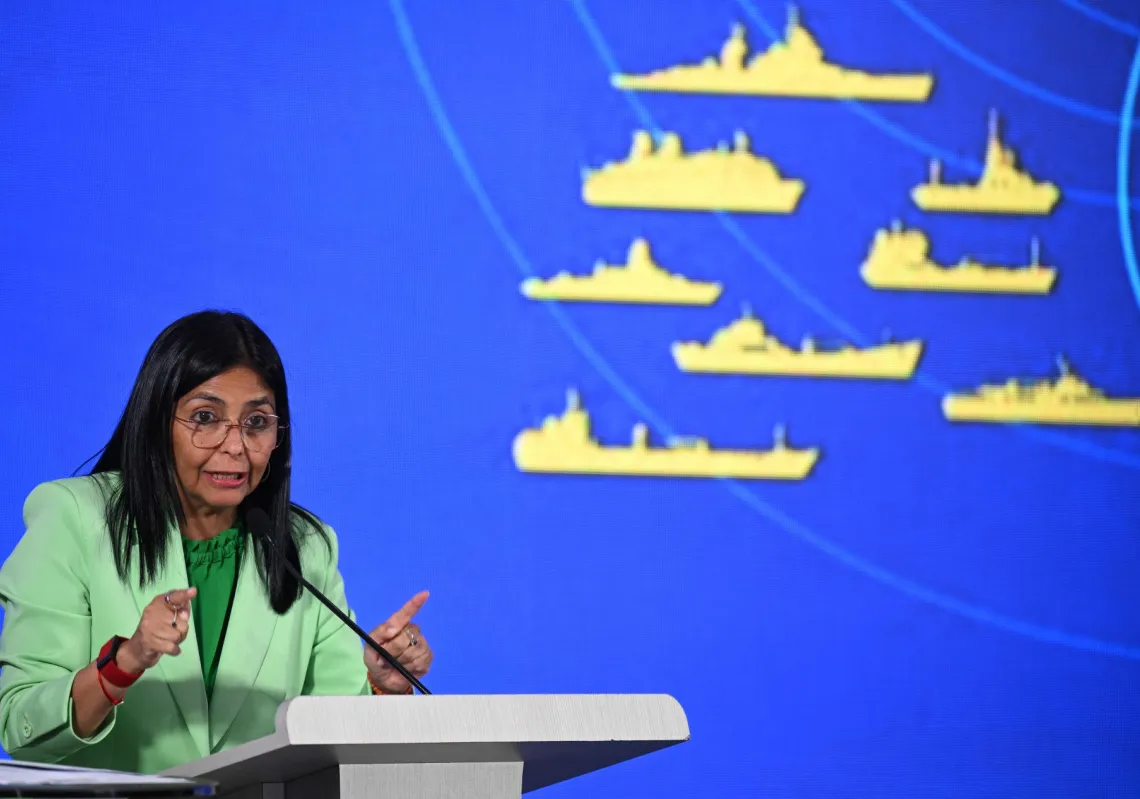Over four days in October, Riyadh will host an international business-to-business exhibition focused on agriculture that will focus on one of the Middle East’s most rapidly expanding markets. With around $70bn expected to be invested in agriculture by 2030, Saudi Arabia and the Gulf states are delivering food security in one of the world’s most arid regions, creating an industry that encompasses aquaculture, food manufacturing, processing, production, and packaging.
Agriculture and food industries feature in Saudi Arabia’s Vision 2030 goals, with the sector becoming a significant contributor to the country’s economic growth. The AI revolution is powering this. From hydroponic towers in city centres to solar-powered greenhouses in the desert, agricultural technology (agritech) is being employed to redesign food systems and give farmers more freedom.
Ancient practice
For the Gulf and the wider Middle East, farming has a long history. Archaeological discoveries suggest that farming in the region dates back 11,500 years, helping to anchor human settlement in specific geographic areas. The Egyptians, Babylonians, Sumerians and others cultivated and traded vegetables and fruit. Between the Tigris and Euphrates rivers in particular, water and fertile land were abundant. Arabs called Mesopotamia “the land of blackness” owing to its lush vegetation.
The Babylonians excelled in building dams, digging canals, and establishing reservoirs to regulate irrigation water for wheat, barley, sesame, and dates. For centuries, agricultural techniques have developed, and the products have been traded. Egyptians excelled at devising irrigation systems to benefit from the Nile, enhancing productivity.
In later years, Egyptian governments built dams, such as the Aswan Dam in the south (completed in 1906), to retain floodwater and regulate water supplies.

During the 20th century, cotton became an important Egyptian crop and a key export revenue source (as were rice, potatoes, tomatoes, maize, and wheat). Renowned for its high quality, Egyptian cotton was highly sought after.
In the latter half of the 20th century, land reform laws targeting private agricultural holdings fragmented properties and reduced productivity. Concurrently, vast tracts of farmland were built on, spurring waves of rural-to-urban migration, as farmers downed tools and sought city jobs. Many emigrated to the Gulf to work in construction, services, or even farming.
Mounting challenges
Agriculture in places like Iraq, Syria, Egypt, and Sudan has a rich history but has faced numerous challenges in recent years, including rapid population growth that has doubled demand. From agriculture-exporting nations, many must now buy their food. Climate change, desertification, and investors’ reluctance to reinvest have not helped matters.
Today, agriculture typically contributes 5-15% of GDP (gross domestic product) in Arab states. According to the World Bank, it accounted for 13.7% of Egypt’s GDP last year, equating to $41bn. Egypt’s agricultural exports were worth $4.6bn, but it needed to import wheat, maize, and soybeans worth $8.6bn.

In Iraq, where oil plays an outsized role in the economy, agriculture contributes just 3.4% of GDP, equivalent to around $9.5bn. In Morocco, where three in ten are employed in agriculture, the sector contributed 10% of GDP in 2024, with $3.8bn of agricultural exports (including citrus fruit, vegetables, semi-processed food products, and plant-based textiles) going mainly to European markets. The country wants to increase productivity, rationalise water use, and stimulate investment.
Despite a scarcity of water, climactic extremes, and extensive soil challenges, the Gulf states have invested deeply in their agricultural industries. In Saudi Arabia, agriculture contributed about $26.6bn to GDP in 2022, but in 2024 this rose to $30.4bn, reflecting an expansion under Vision 2030, with the launch of irrigation projects in Riyadh, Al-Jawf, Tabuk, Al-Qassim, Ha'il, Al-Ahsa, Al-Qatif, Asir, Jazan, Najran, Al-Madinah, Makkah, and the Northern Borders Region.
These projects aim to achieve food self-sufficiency and strengthen food export capabilities, with a focus on wheat, dates, dairy products, eggs, fish, poultry, fruit, vegetables, and flowers. Each year, Saudi Arabia hosts the world's largest date festival in Buraydah, Al-Qassim, during the harvest season from August to the end of October. Alongside the traders, tourists are also welcome, sampling more than 35 varieties.












